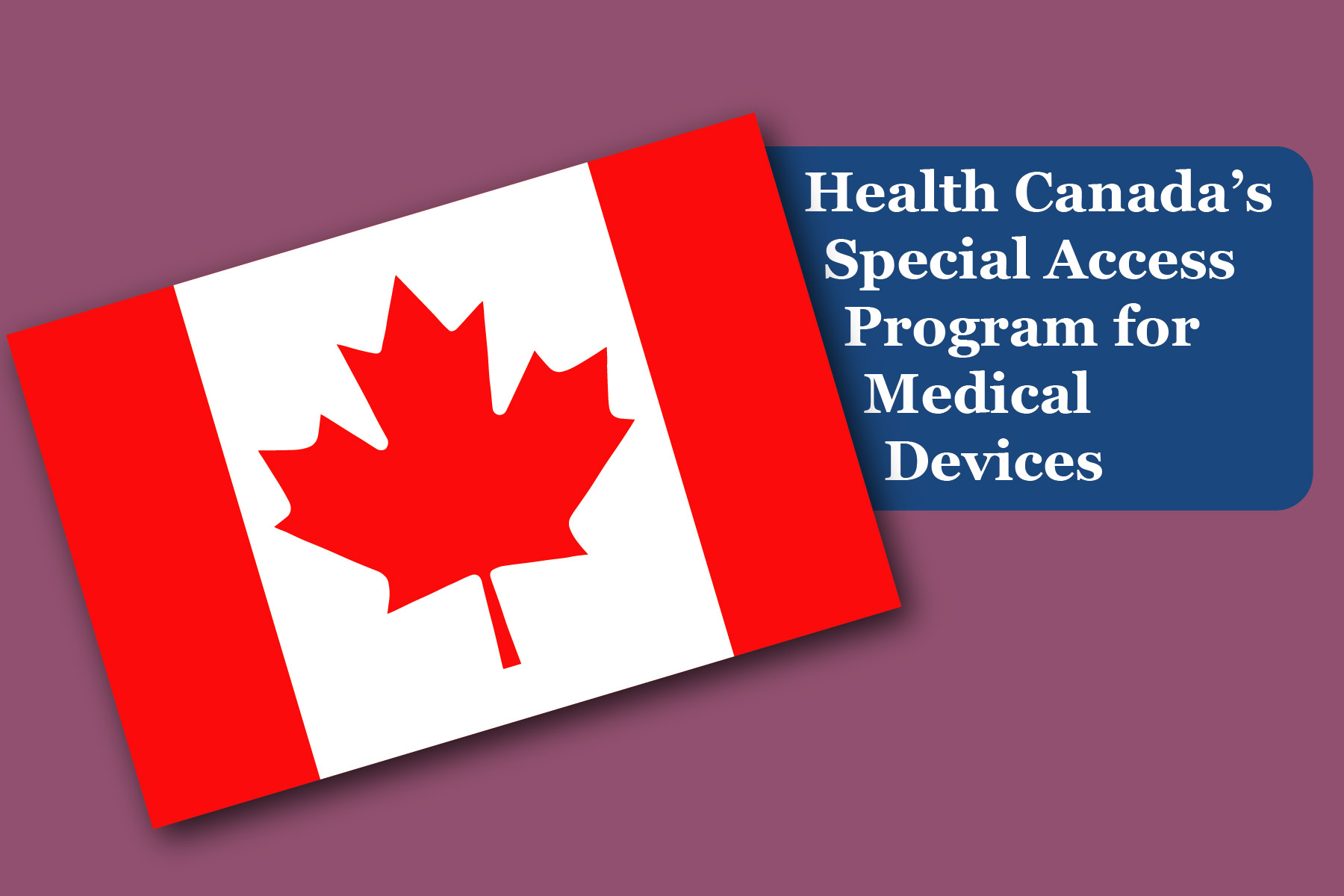Part 2 of the Canadian Medical Devices Regulations under the Food and Drugs Act allows for health care professionals to request the use of custom-made and unlicensed medical devices on patients.1 To be eligible to receive this special access, the health care professional must be licensed to provide health services under the laws of that province and that these medical devices are to be used:1
- for emergency use only or
- when conventional therapies have failed, are unavailable, or are unsuitable to treat a patient
The following medical devices are eligible for this application and can be requested either for a specific patient or in batches. Application for batches will only be considered when shipping delays will cause negative outcomes to the patient/s and the batch quantity requested is enough for a month’s emergency use of the patient or group.1
- class I, II, III or IV medical devices
- class III or IV custom-made devices and
- It must be a device that is currently not authorized for sale in Canada
For devices that are custom-made for a patient, the application must include the drawings/sketches that explain the design of the device. Health Canada analyzes the risk-benefit ratio of the device and grants an authorization based on several factors such as the medical condition, information on the device’s safety and effectiveness, patient-related information, etc. Even after an authorization has been granted, a manufacturer is not obligated to sell the product under a special access program and reserves the right to deny the sale of such devices.1
Under this program, health care professionals are still required to abide by the mandatory reporting requirements for medical devices and must submit serious adverse reports to Health Canada, the manufacturer, and the importer within 72 hours.1
There are many such programs available by several regulatory authorities to help protect patient health. To know more about this program or any other Health Canada regulation call us today at +1 2489874497 or email us at info@emmainternational.com
1Health Canada (Oct 2020) Health Canada’s special access programs: Request access to a medical device retrieved on 12/20/2020 from https://www.canada.ca/en/health-canada/services/drugs-health-products/special-access/medical-devices.html






